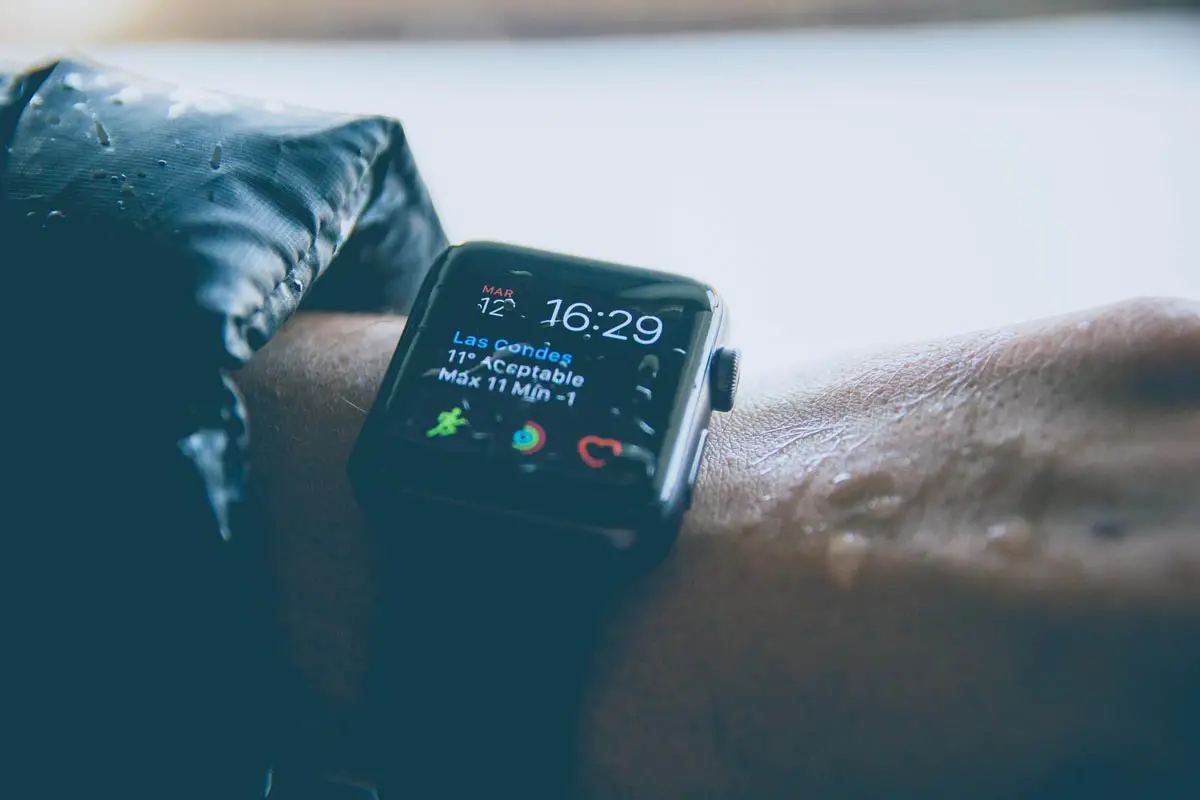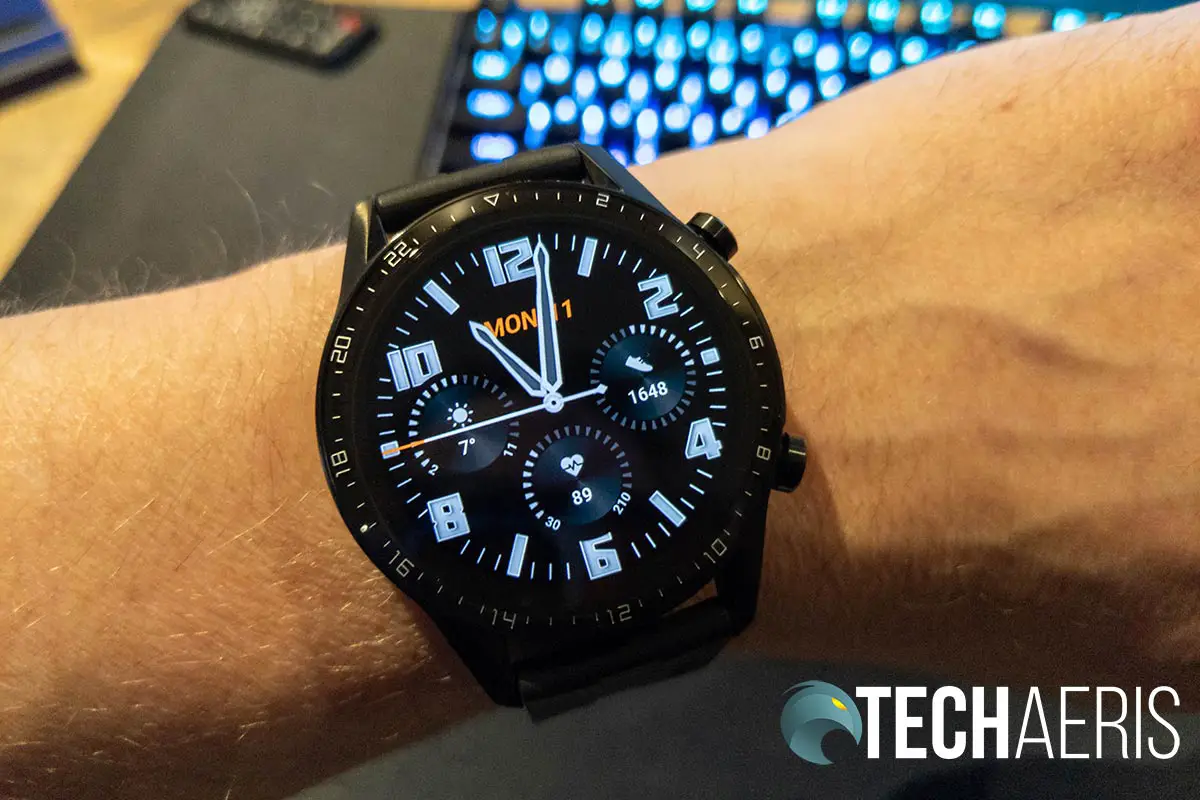Wearable tech is becoming more and more popular all of the time with an estimated 20% of adults currently wearing such a device. As well, nearly 50% saying that they’ve worn a fitness tracker or other wearable health device at some point in the past. In addition, with the recent lockdowns due to COVID-19, many have started wearing some type of wearable tech in lieu of going into the doctor’s office.
In this article, we are going to look at the growing popularity and usefulness of wearable health devices, who is using them and for what purpose, and what the future holds for such gadgets.
Performance and fitness
Even though the most popular fitness device that people are currently wearing is the FitBit, Apple has led the way in both the functionality of its devices as well as its product awareness. Apple released its first wearable device, the Apple Watch, in late 2014. By April 2015, they released their first watch that was more focused on fitness.
Early fitness trackers could track your steps and calories burned, but fitness trackers have developed by leaps and bounds since then. Today, wearable fitness trackers can measure your heart rate, GPS location, how long and well you sleep, your exposure to the sun, and even your fitness score from poor to excellent. Wearable technology can also measure your pace when walking or running, which is especially helpful for athletes. One thing to keep in mind when it comes to fitness wearables, however, is that many of them contain trace amounts of nickel. Allergies to nickel are the most common metals allergies. If you have an allergy to nickel, the current fitness trackers may not be right for you.
Wearable technology that measures the performance of professional athletes has advanced so much that it’s changing the very fabric of sports and influencing the decisions of coaches. These devices are not just in the form of wearable watch bands. They also come in patches worn on the skin as well as sensors sewn into athletic clothing itself. These technologies can also measure the trauma caused by impacts, allowing coaches to know of possible impending concussions and breaks before they actually happen. This is greatly changing how sports are played. Coaches can now examine what tends to cause physical stress, exhaustion, and breaks in players and adjust their workouts accordingly

Physical health
Not only are wearables good for performance and fitness. Wearables have given patients freedom and power and doctors more ways to diagnose and monitor patients. These wearables can measure such things as blood pressure, heart activity, and blood glucose levels, alerting both patients and their doctors of potential problems before they would otherwise be noticed. There is even a device that a child with an ear infection can wear that performs “virtual ear examinations” so young patients don’t necessarily have to go back to the doctor for follow-up visits.
Another thing that wearables are being used for is to remotely diagnose conditions. Examples of this would be a “smart bra” that a patient can wear for possible early detection of breast cancer as well as a smart contact lens, which can alert an optometrist when a glaucoma patient is showing signs of deterioration. In addition, wearable technology such as a device created by Quell that is worn on the upper thigh can alleviate pain anywhere in the body. There has also been a device created that can stop morning sickness in pregnant women.
Insurance companies are also getting into the act of wearable tech. Some are beginning to offer discounts to customers who monitor their health with the Fitbit or other such wearable devices. For example, UnitedHealth Group has started paying up to $1,500 to members who meet certain fitness goals while using these devices. Insurance companies are also starting to cover the cost of tech that monitors the vitals of at-risk patients. After all, if insurance companies can use these devices to prevent major illness, they will ultimately save money.
Mental health
Wearables that are used to help in the mental health field are lagging behind other areas of health care. In addition, it may not help all people, particularly in those patients with severe symptoms. That doesn’t mean, however, that there have not been breakthroughs in this area.
In recent years, society has started to better understand mental health issues, and it is no longer taboo to talk about potential mental health problems. One wearable tech device called Moonbeam encourages patients to monitor how they feel. Another device, Prana, measures how a patient breathes. Many mental health specialists teach and encourage their patients to breathe through such conditions as anxiety and racing thoughts, and Prana is the perfect device to help.
Mental health patients who are suffering from bipolar and schizophrenia often do not take their medications as they should. Abilify MyCite, which consists of a sensor in the medication and a patch placed on the arm, detects when the medication has been taken. Abilify MyCite then sends the information to a mobile app on the patient’s smartphone. From there, the information is sent to the physician.
Another wearable technology helps patients deal with anxiety and stress. These are very hard for some people to deal with, and that is where TouchPoints comes in. Touchpoints consist of two devices that are worn on the wrists or in the pockets of the patient. They provide “bilateral stimulation” which, according to neuropsychologist Amy Serin, “changes the brain’s response to stress,” and offers quick relief.

Problems with wearable tech
Wearable tech is not without its problems. Most health-related wearable tech devices are still pretty expensive, and most require a smartphone to use. Even though most people use smartphones these days, it still makes them inconvenient. In addition, the battery life in a lot of these devices is less than desirable.
In addition, a great deal of information is transmitted through medical smart devices to doctors and hospitals. Therefore, security concerns remain at the forefront and are the biggest concerns of patients wearing these devices. Doctors and their staff also need to be thoroughly trained on how to read the data from wearable tech and to convey that information to their patients. One bad experience with wearable tech can dissuade a patient from continuing to use it or from using it again.
The future is now. Wearable tech to aid with the performance and fitness and both the physical and mental health of patients has arrived and will continue to only get better. Such tech will continue to help us to live more healthy and fulfilling lives.
What do you think about wearable tech and its benefits for health and performance? Let us know in the comments below or on Twitter, Facebook, or MeWe.
Last Updated on February 3, 2021.










